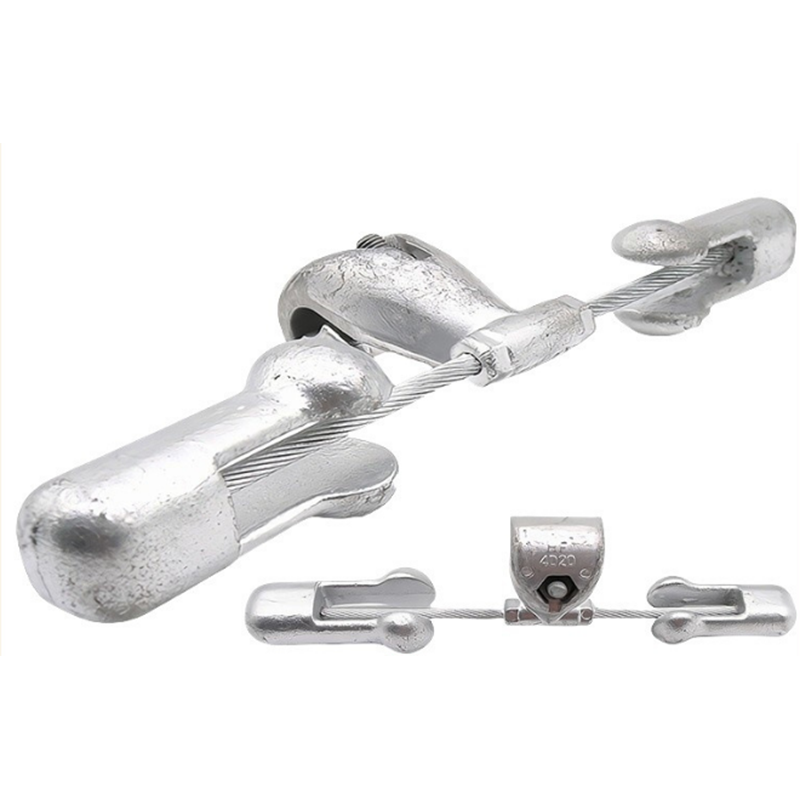- Chinese
- French
- German
- Portuguese
- Spanish
- Russian
- Japanese
- Korean
- Arabic
- Irish
- Greek
- Turkish
- Italian
- Danish
- Romanian
- Indonesian
- Czech
- Afrikaans
- Swedish
- Polish
- Basque
- Catalan
- Esperanto
- Hindi
- Lao
- Albanian
- Amharic
- Armenian
- Azerbaijani
- Belarusian
- Bengali
- Bosnian
- Bulgarian
- Cebuano
- Chichewa
- Corsican
- Croatian
- Dutch
- Estonian
- Filipino
- Finnish
- Frisian
- Galician
- Georgian
- Gujarati
- Haitian
- Hausa
- Hawaiian
- Hebrew
- Hmong
- Hungarian
- Icelandic
- Igbo
- Javanese
- Kannada
- Kazakh
- Khmer
- Kurdish
- Kyrgyz
- Latin
- Latvian
- Lithuanian
- Luxembou..
- Macedonian
- Malagasy
- Malay
- Malayalam
- Maltese
- Maori
- Marathi
- Mongolian
- Burmese
- Nepali
- Norwegian
- Pashto
- Persian
- Punjabi
- Serbian
- Sesotho
- Sinhala
- Slovak
- Slovenian
- Somali
- Samoan
- Scots Gaelic
- Shona
- Sindhi
- Sundanese
- Swahili
- Tajik
- Tamil
- Telugu
- Thai
- Ukrainian
- Urdu
- Uzbek
- Vietnamese
- Welsh
- Xhosa
- Yiddish
- Yoruba
- Zulu
- Kinyarwanda
- Tatar
- Oriya
- Turkmen
- Uyghur

How does Skar Ray innovate for industrial sustainability?
2025-10-02
The path to industrial sustainability often seems like navigating through a labyrinth of challenges, with companies like Skar Ray at the forefront of shaping innovative solutions. While many assume sustainability simply means adopting greener practices, it’s far more complex and nuanced, involving an interplay of technology, efficiency, and long-term strategy.

Understanding the Context
Skar Ray operates in an environment characterized by rapid technological shifts and intensifying environmental concerns. The challenge is not only about implementing sustainable practices but doing so in a way that remains economically viable. This balance is often misunderstood as a trade-off, when in reality, effective sustainability can drive profitability.
Consider the case of materials sourcing. While it might be tempting to choose cheaper, less sustainable materials, Skar Ray invests in researching alternatives. This includes developing composites from recycled goods or refining production processes to reduce waste. It’s an investment that pays off in the long run, both in terms of cost savings and brand reputation.
Another common pitfall is the underestimation of process efficiency. True innovation lies in optimizing every step of the production line, from energy consumption to waste management. At Skar Ray, this means embracing IoT technology to monitor and improve equipment efficiency, leading to reductions in both energy use and emissions.

Technological Innovations
Technological advancements are at the core of Skar Ray’s strategy. By integrating smart technologies, they not only improve operational efficiency but also move towards zero waste. For example, using AI-driven analytics to predict maintenance needs helps avoid unnecessary machine downtime and prolongs equipment lifespan.
Additionally, the company’s collaboration with tech startups puts them in a position to experiment with breakthrough innovations. Take the use of advanced robotics to reduce human error and inefficiencies—this form of automation not only ensures product quality but also enhances workplace safety.
Partnerships with educational institutions further aid innovation by fostering an environment where new ideas can be tested and refined. By securing access to a pool of emerging talents and research expertise, Skar Ray continuously taps into cutting-edge technologies.
Challenges and Learning Experiences
It’s not without hurdles. Early attempts at incorporating renewable energy sources faced significant pushbacks due to initial high costs and integration challenges. However, this experience taught valuable lessons in scalability and aligning upgrades with overall business objectives.
One ongoing challenge is aligning growth targets with sustainability goals. This requires a dynamic approach to planning, involving cross-departmental collaborations. For effective implementation, Skar Ray developed internal metrics to evaluate the sustainability impact, ensuring alignment with business performance metrics.
Learning from such experiences has helped hone a more flexible yet consistent strategy. The ability to pivot and adapt has been critical, ensuring that sustainability initiatives bolster rather than hinder growth.
Case Studies and Real-World Applications
In practice, Skar Ray has applied these innovations across various projects with significant success. A key project involved upgrading existing machinery to more energy-efficient models, resulting in a 30% reduction in energy consumption over two years. This not only demonstrated the financial viability but also bolstered client trust.
Another example involves the supply chain. Skar Ray’s commitment to sustainable practices extends to supplier partnerships, emphasizing eco-friendly materials and ethical labor practices. This holistic approach enhances overall supply chain resilience and sustainability impact.
By sharing these successes, Skar Ray sets a benchmark in the industry, encouraging others to integrate sustainability in practical, economically sound ways.
Moving Forward
Looking ahead, the future of industrial sustainability at Skar Ray involves scaling these innovations globally. As a framework, the principles applied here can be adapted to various contexts and industries, representing a scalable sustainability strategy. The journey involves constant learning, adapting to technological advances, and maintaining laser-focused strategic goals.
The commitment to sustainability drives innovation and competitive advantage, with potential to transform industry standards. As more companies like Skar Ray demonstrate the feasibility of integrating sustainable practices, industry-wide shifts become increasingly tangible and attainable.
For further information or collaboration opportunities, consider exploring partnerships with firms like Handan Shengfeng Hardware Fastener Factory, accessible via their website, who share similar values of innovation and sustainability in industrial practices.









